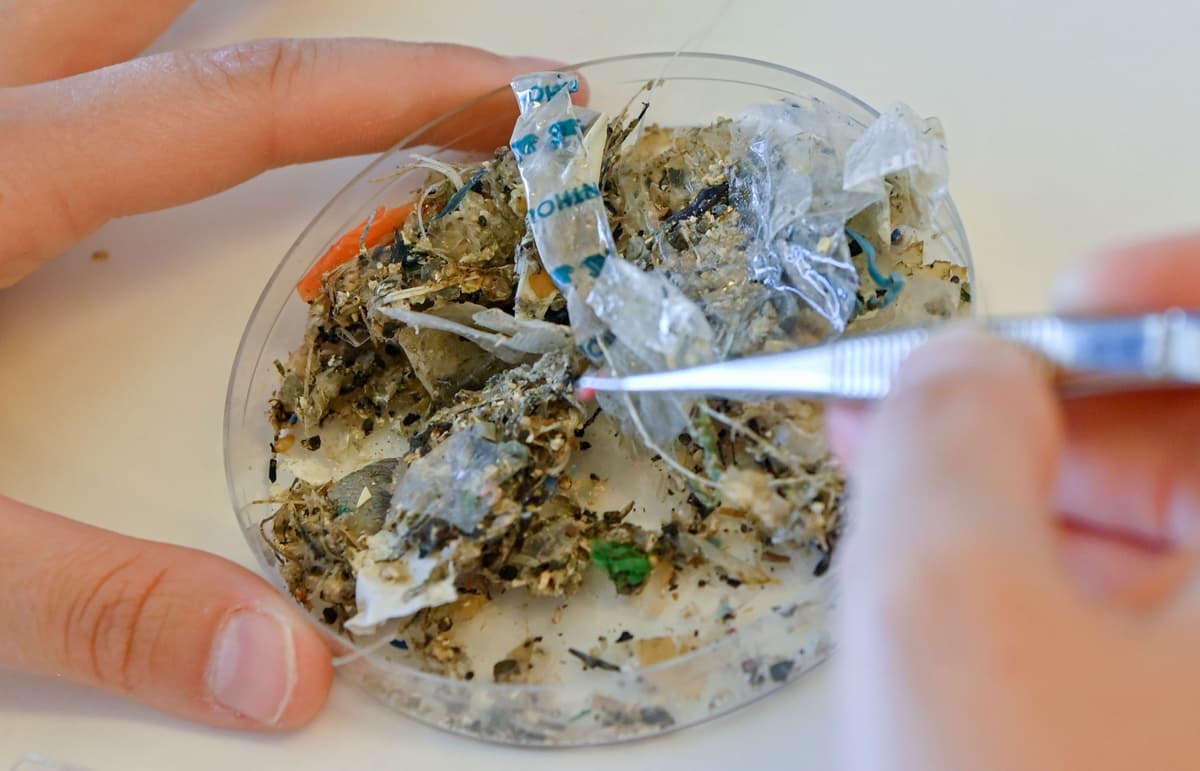EU Study Casts Doubt on Microplastics Research Generating Widespread Hysteria Over Pollutants’ Health Threats
Scientists find that most existing research on microplastics in food packaging cannot be trusted.

A sweeping new review by European food safety experts has raised serious questions about the reliability of studies claiming widespread microplastic contamination in food packaging and bottled water.
The European Food Safety Authority examined more than 100 studies published between 2015 and 2025, and found that most suffered from flawed testing methods, contaminated samples, and overstated conclusions.
“Many publications are affected by methodological shortcomings in test conditions, in sample preparation, and by deficiencies in the reliability of analytical data, with the consequence of frequent misidentification and miscounting,” the study said.
Microplastics, plastic particles less than 5mm in size, are a growing environmental and health concern because of their widespread presence and persistence. Originating from degraded plastic waste, they infiltrate ecosystems, soil, and even the air.
For human health, microplastics raise alarms because of their ability to enter the body through ingestion, inhalation, or skin contact. Research has found microplastics in human blood, lungs, and even placentas, suggesting potential for widespread health effects.
Research from some of the studies criticized by the EU report blasted across the internet last year, generating widespread hysteria. In a study published in the journal Toxicological Sciences in May 2024, scientists found microplastics in the testicles of test subjects — just 23 men.
Another study found that 60 percent of people undergoing surgery had microplastics or even smaller nanoplastics in a main artery. Again, though, the sample size was just 200 people.
The most common testing method, called Raman spectroscopy, struggles to distinguish between actual plastic particles and other organic substances like additives or food residues, the study said. This can lead to researchers mistakenly identifying non-plastic materials as microplastics.
In 44 percent of studies reviewed by the EFSA, researchers found the plastic particles they were expecting to find. But in 11 percent of cases, they claimed to detect plastics that weren’t even present in the packaging being tested. The remaining studies used methods so unreliable that no firm conclusions could be drawn.
“The quality of measured spectra may be compromised and decreased to levels where unambiguous identification is not possible,” the report said.
A major issue plaguing microplastics research is background contamination — plastic particles that enter samples from the lab environment, testing equipment, or the food itself, rather than from the packaging. Most published studies fail to account for these contamination sources, leading to inflated particle counts, the EFSA said.
Some high-profile claims have already been walked back. Early studies suggested tea bags could release billions of microplastic particles per cup. More rigorous testing now puts the estimate between 122,300 and 222,800 total particles larger than one micrometer per tea bag — still concerning, but orders of magnitude lower than initial reports, the study said.
While the review confirms that some microplastic release from food packaging does occur, the actual amounts are likely far lower than many studies suggest. For nanoplastics — particles smaller than one micrometer — there simply isn’t enough reliable data to draw any conclusions.
“Similarly, studies on plastic water bottles showed that repeatedly opening and closing caps can generate tens of thousands of particles. However, most remain trapped at the bottle neck and don’t actually enter the water,” said the report.
The EFSA recommends researchers focus on developing validated testing protocols, improving methods for detecting the smallest particles, testing with real foods rather than water substitutes, and putting any microplastic exposure into context alongside other dietary risks.

